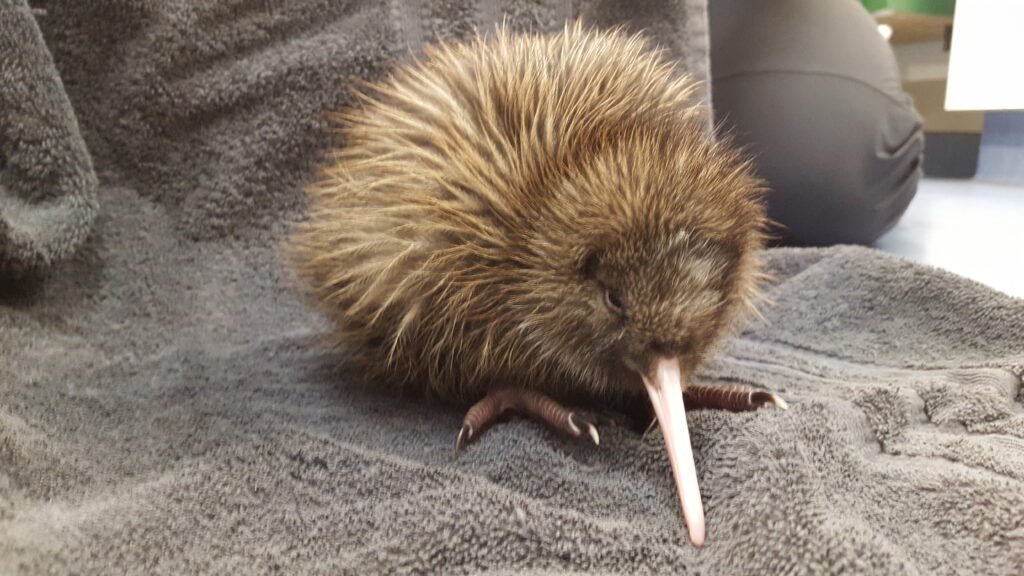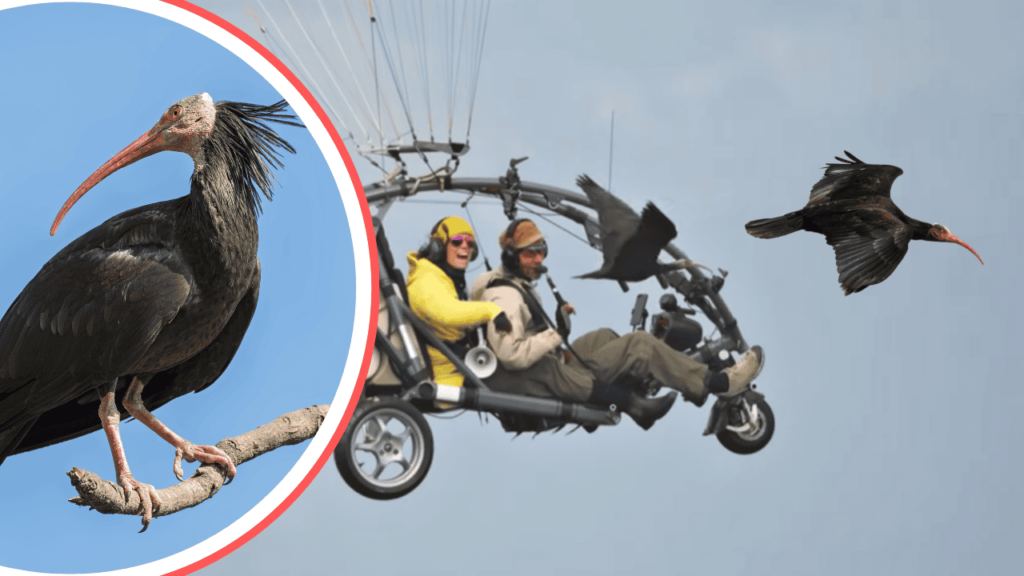Imagine trekking through the misty forests of New Zealand just before dawn. The air is filled with the earthy aroma of moss, and the ground is littered with fallen leaves. Suddenly, you spot a group of scientists huddled together, not with high-tech gadgets or intimidating equipment, but with something entirely unexpected—socks soaked in unusual scents, drones that bark like predators, and even hand-crafted puppets. This isn’t a scene from a quirky nature documentary. It’s the real, innovative world of kiwi conservation, where creativity and science collide in the fight to save one of the world’s most beloved and endangered birds. These unusual tools are rewriting the rules of wildlife protection, and their surprising effectiveness is inspiring hope across the globe.
The Plight of the Kiwi: New Zealand’s Feathered Icon

Kiwis are more than just a national symbol to New Zealanders; they are a living treasure, uniquely adapted to their forest homes. Sadly, these flightless nocturnal birds are in trouble. Decades of habitat loss, introduced predators like stoats and dogs, and changes in land use have pushed kiwi populations to the brink. It’s estimated that without intervention, many kiwi species could disappear within our lifetime. This crisis has sparked a wave of passionate, inventive conservation efforts, with teams determined to outsmart both natural challenges and human threats.
The Scented Sock Technique: Tricking Predators and Kiwis Alike
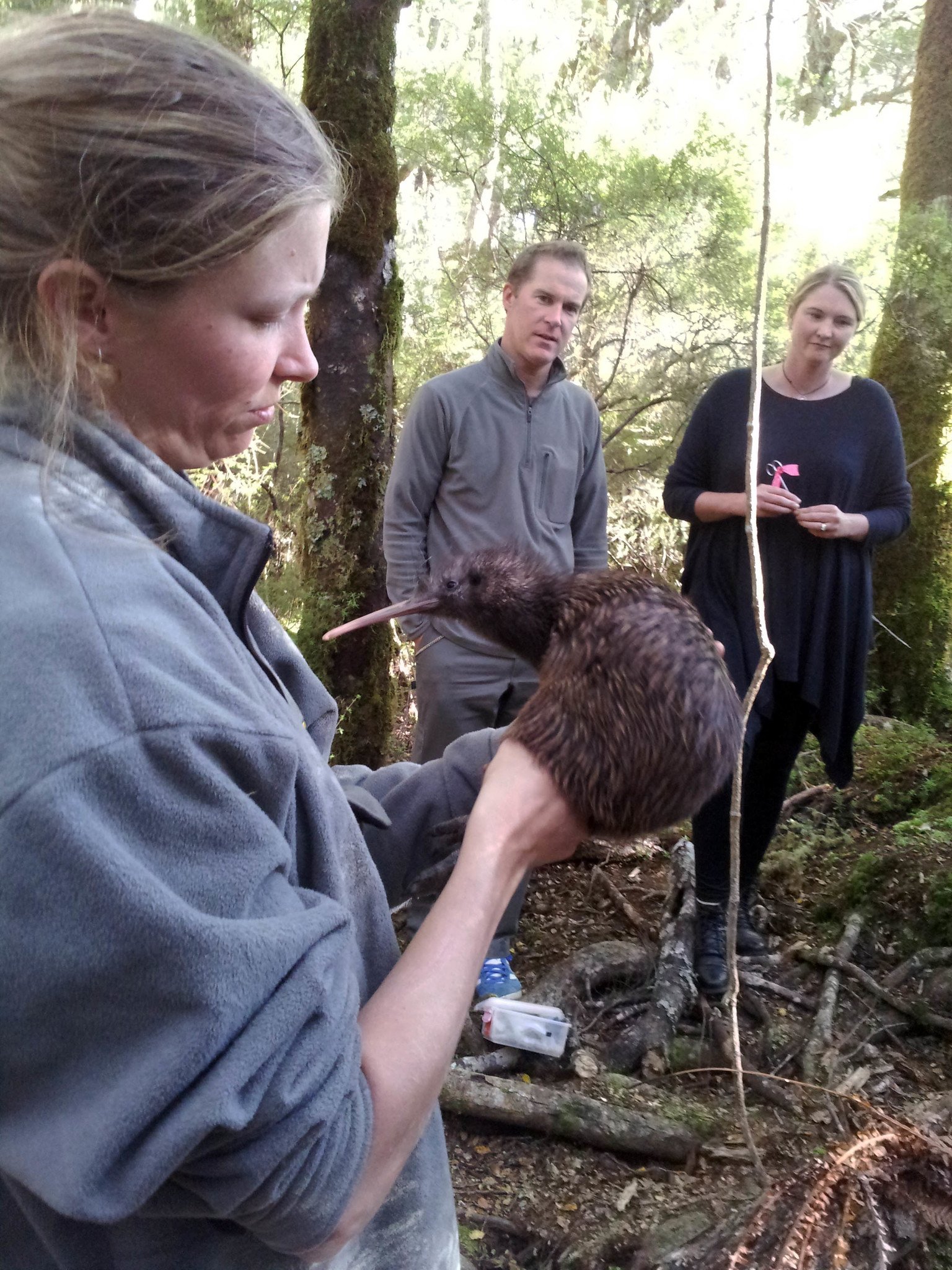
It might sound odd, but socks play a starring role in kiwi conservation. Conservationists soak socks with a blend of kiwi scent and sometimes predator odor, then place them strategically around the forest. The goal? To teach young kiwis to recognize and avoid the scent of danger, much like a parent would. It’s a method inspired by behavioral science, where exposure to mild threats in a controlled way helps animals develop essential survival instincts. The socks also help track kiwi movement, as the birds are naturally curious and will investigate new smells, leaving behind tell-tale footprints or signs for researchers to study.
Barking Drones: High-Tech Guardians of the Night
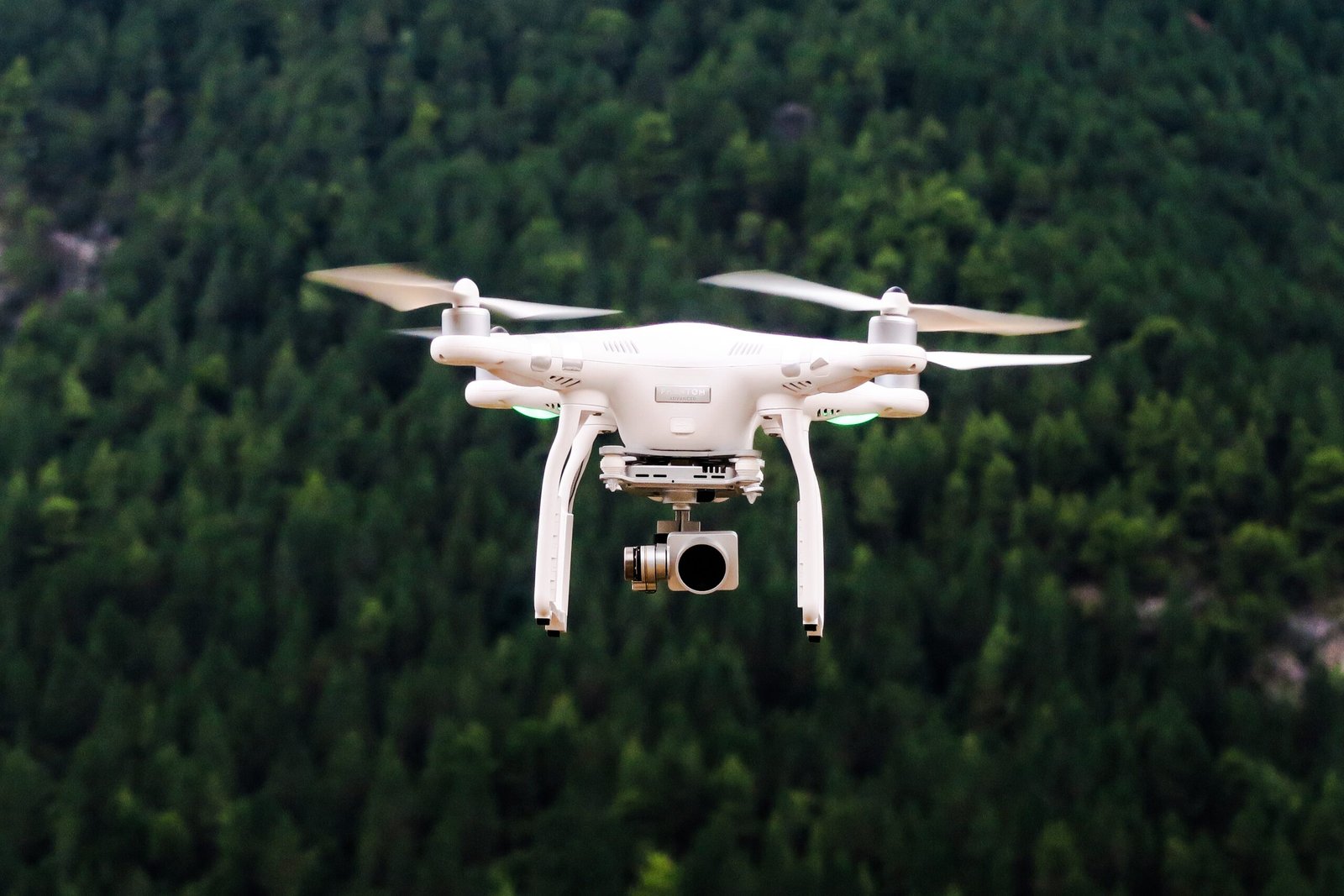
Drones are commonly associated with aerial photography or delivery services, but in New Zealand’s forests, some drones have a far more unusual job—they bark. These drones are equipped with speakers that play recorded predator sounds, such as barking dogs or growling stoats. The idea is twofold: scare off real predators that might be lurking nearby and help kiwis learn to associate certain sounds with danger. This high-tech strategy allows conservationists to cover large areas quickly, delivering precise and repeatable training experiences without putting undue stress on the birds.
Puppet Parenting: Teaching Kiwi Chicks the Ways of the Wild

Puppets aren’t just for children’s theaters. In kiwi hatcheries, scientists use life-like hand puppets modeled after adult kiwis to raise orphaned or vulnerable chicks. These puppets deliver food and interact with the chicks, simulating the nurturing presence of a real parent. This hands-on approach helps prevent the chicks from imprinting on humans, which can be fatal when they are released into the wild. Through careful and gentle puppet parenting, young kiwis learn the vital behaviors they need to survive—how to forage, hide, and react to threats.
Lessons from Behavioral Science: Why These Tactics Work
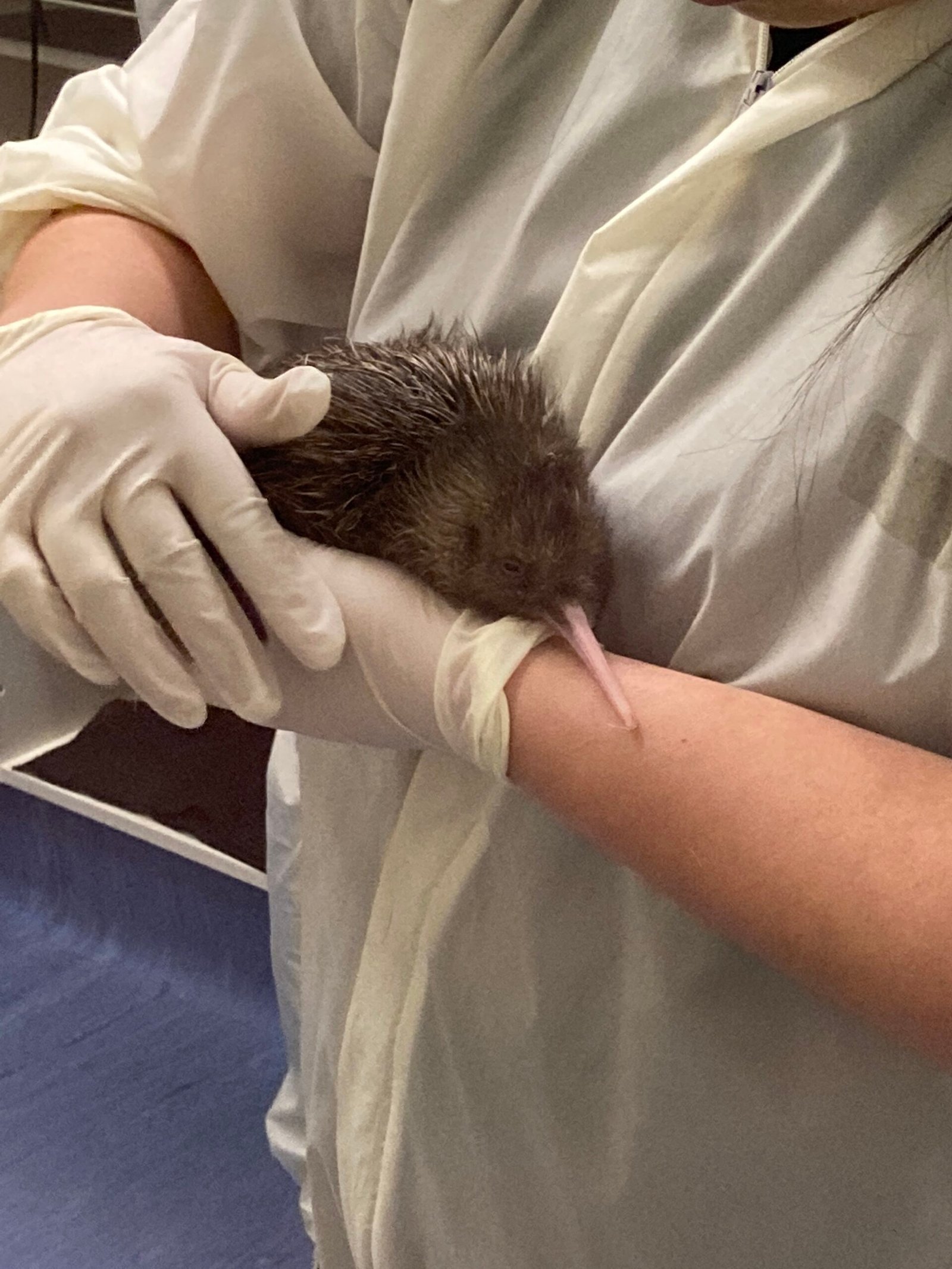
All these unusual tools—scented socks, barking drones, and puppets—are rooted in the principles of behavioral science. Animals, just like humans, learn best through experience. By exposing kiwis to controlled doses of danger or parental care, conservationists can shape their behavior in ways that improve survival rates. This is a far cry from traditional hands-off wildlife management. Instead, it’s an active, creative partnership with nature, where every sock, sound, and puppet serves a purpose backed by scientific research.
Community Involvement: Local Heroes on the Frontlines
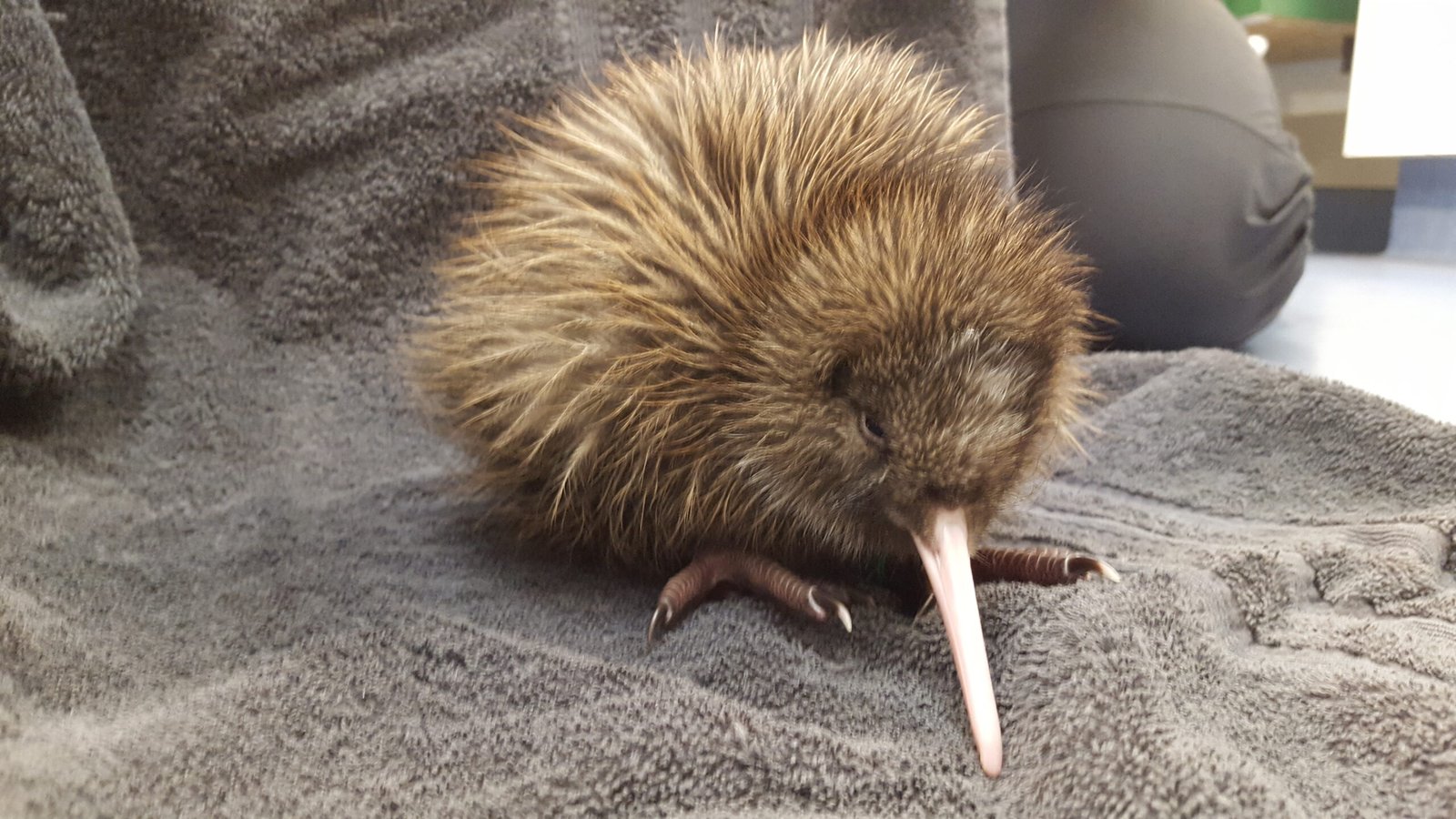
Kiwi conservation isn’t just the work of scientists and professionals; it’s a mission that draws in entire communities. Volunteers set traps for predators, monitor nests, and even help design and deploy some of these inventive tools. Local schools run “adopt a kiwi” programs, and elders share traditional knowledge about the land. This grassroots support not only amplifies the impact of conservation efforts but also creates a powerful sense of shared responsibility and pride.
Challenges and Surprising Setbacks in Kiwi Recovery
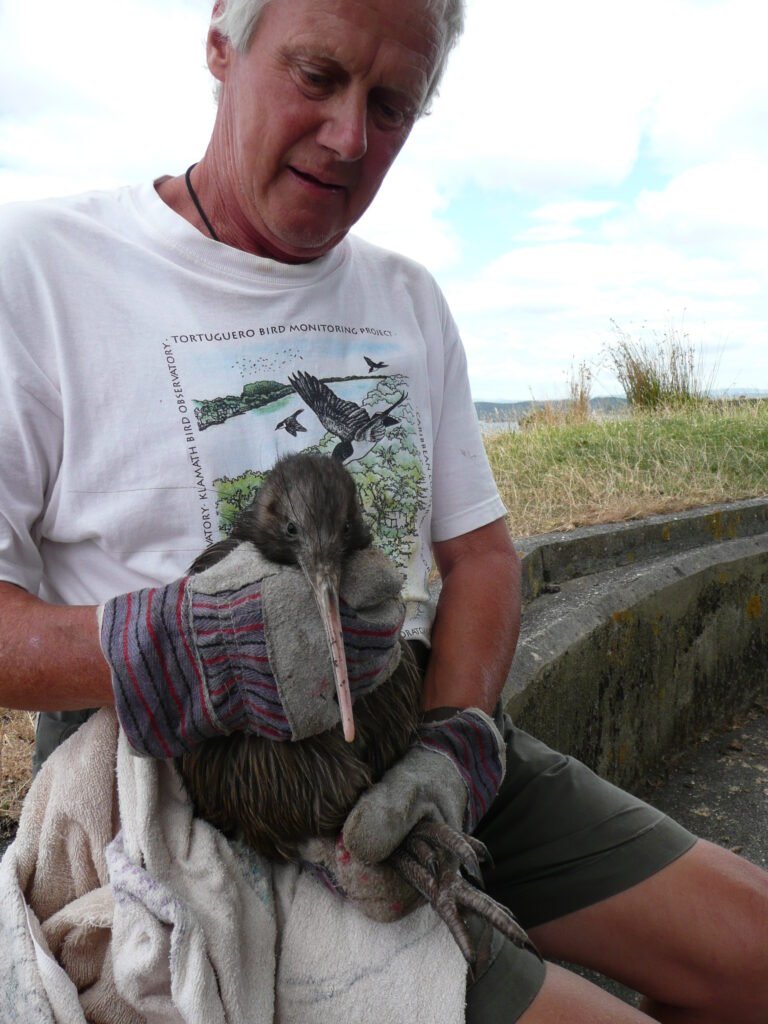
Despite their creativity, conservation teams face plenty of hurdles. Sometimes, kiwis become too accustomed to certain sounds or scents, making the techniques less effective over time. Weather events can disrupt fieldwork, and equipment failures are always a risk in the damp, rugged bush. There are even moments when a puppet or a sock experiment doesn’t go as planned, leading to comical but valuable lessons about animal behavior. These setbacks don’t deter the teams—instead, they fuel further innovation and determination.
Technology Meets Tradition: Blending Old Wisdom with New Innovations
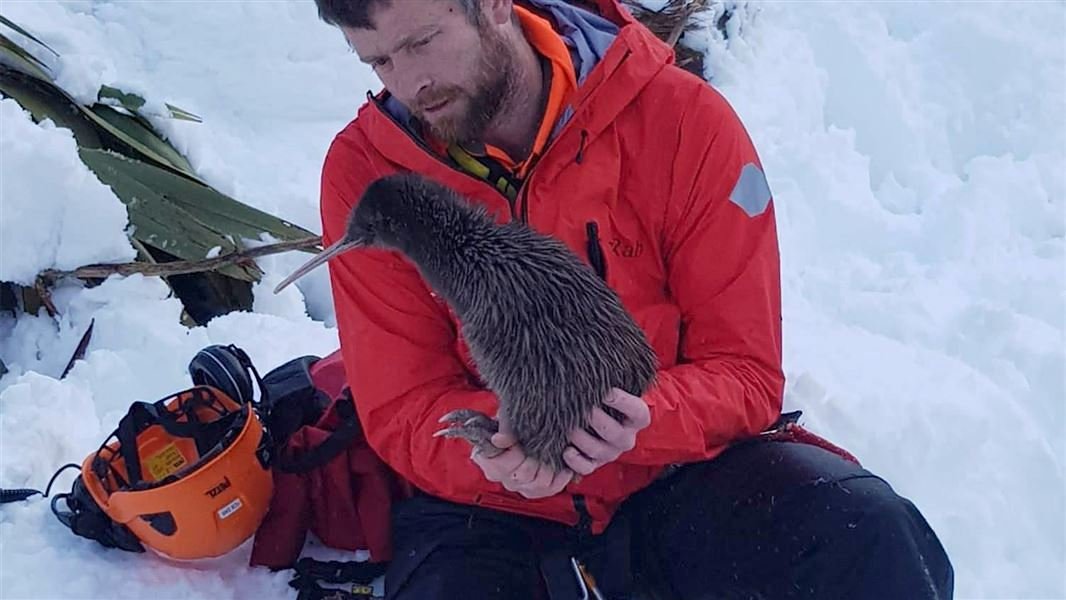
While high-tech gadgets like drones capture headlines, traditional Maori knowledge plays a crucial role in kiwi conservation. Elders help guide where and how to deploy new tools, drawing from generations of experience living alongside native birds. This blending of ancient wisdom with modern science creates a rich tapestry of strategies, ensuring that conservation efforts are respectful, sustainable, and deeply rooted in local culture.
Impactful Results: Signs of Hope on the Forest Floor
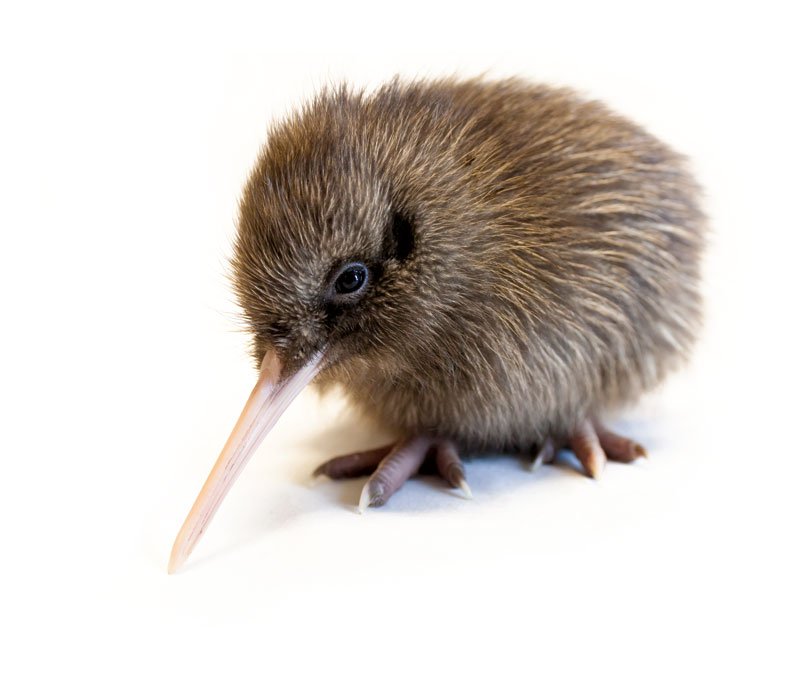
The results of these inventive methods are beginning to show. In areas where scented socks, barking drones, and puppet parenting are used, kiwi chick survival rates are climbing. Once-silent forests are again echoing with the shy calls of young kiwis. While no single method is a silver bullet, the combination of creativity, science, and community spirit is turning the tide for New Zealand’s endangered icon.
The Global Ripple Effect: Inspiring Conservation Worldwide
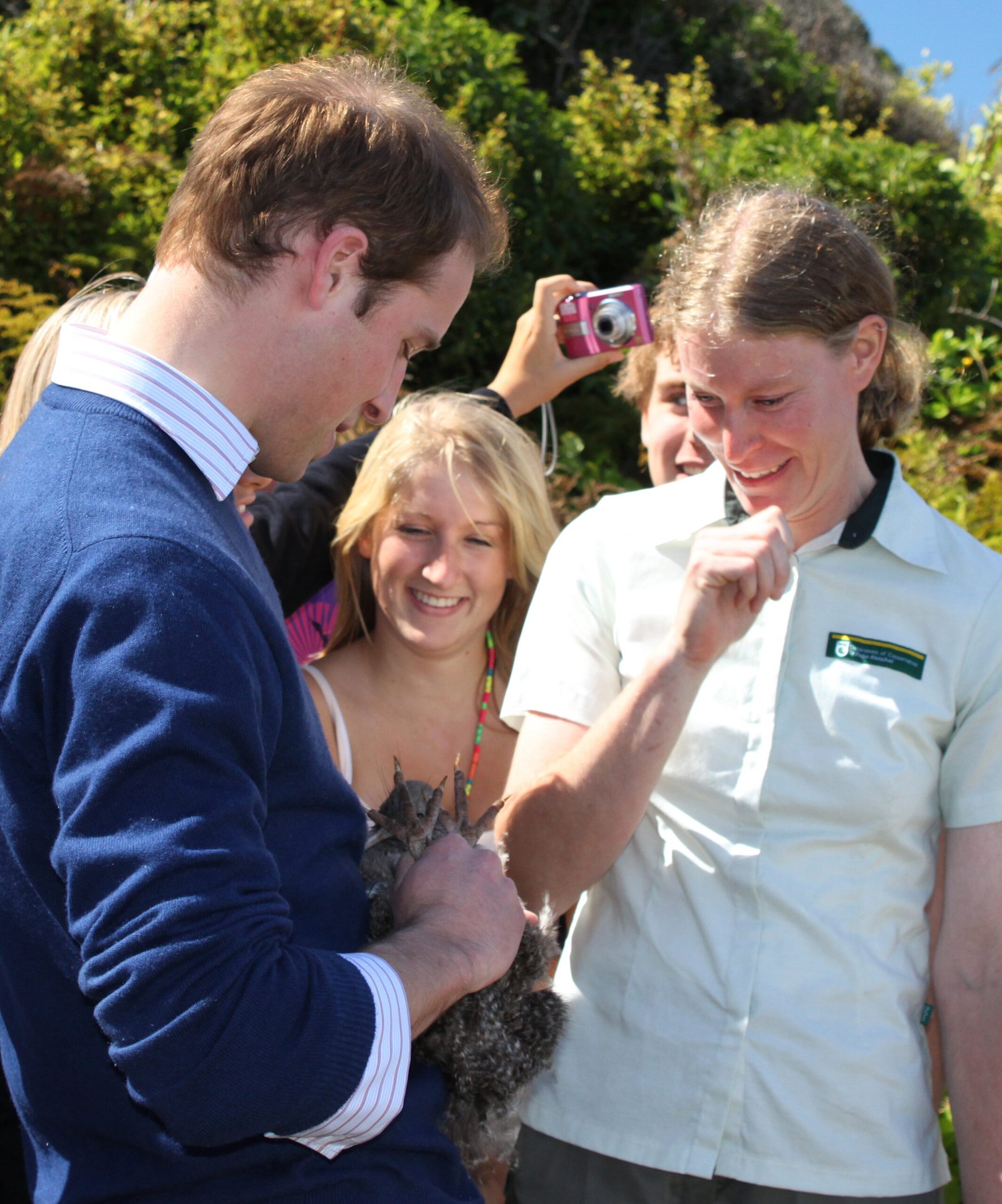
The story of kiwi conservation is sparking imaginations far beyond New Zealand. Scientists and wildlife managers in other countries are taking notice, adapting similar creative approaches for their own endangered species. Whether it’s using unfamiliar objects to teach animals about danger, or blending technology with local traditions, the lessons learned in kiwi country are changing the way humans interact with and protect wildlife everywhere.
A Call to Wonder: What Will We Try Next?
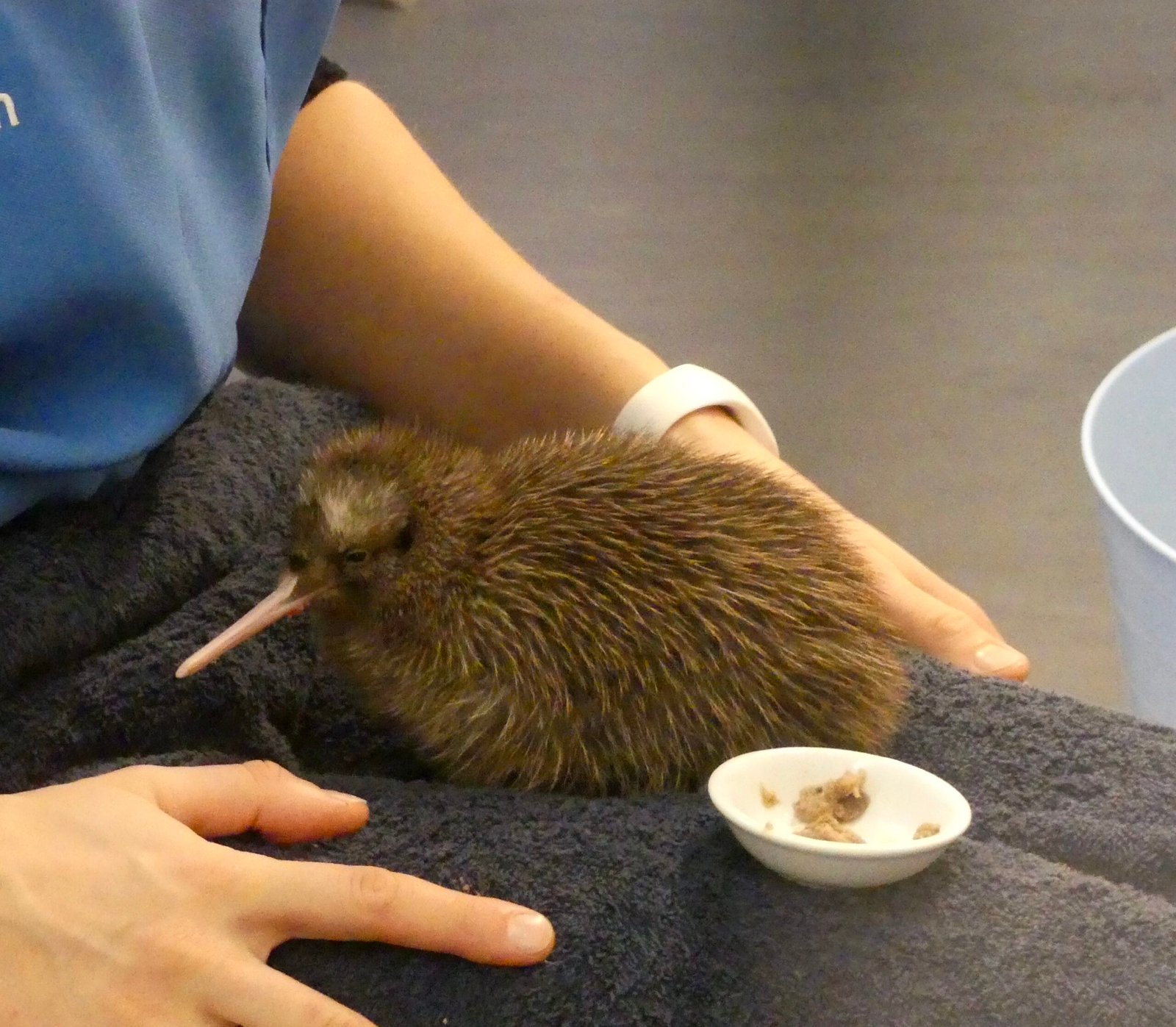
Standing in the forest, surrounded by the hum of drones, the laughter of volunteers, and the rustle of curious kiwis, it’s hard not to feel inspired. These unusual tactics—born from both desperation and hope—remind us of what’s possible when humans work with, rather than against, nature. As science pushes the boundaries of what’s possible, the world eagerly watches and wonders: What ingenious solution will conservationists dream up next?

